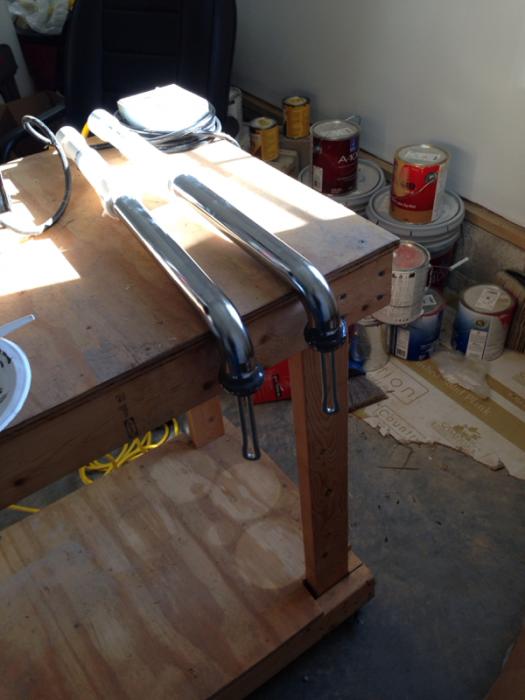processhead
Well-Known Member
No need to ground the kettle because the fluid will always be in contact with the metal pipe and then trip the gfci since the ground wire is touching the metal pipe. If the fluid is not in contact with the metal pipe then the element is running dry and I have bigger problems than the kettle being energized.
You would be unlikely to ever find a commercial or consumer electrical product with any ungrounded metallic parts that come in contact with water, or with your body, or used in a damp location.
you have grounded the metal parts of the element, which is good, and while its true that the liquid in a kettle creates a somewhat conductive path, you are relying on something less than ideal for a ground path.
If your GFCI malfunctions, the circuit might not clear if the heating element or associated wiring shorts while in the kettle. If you are touching the kettle, then you become the path to ground.
It's your gear, but for your own safety, I would strongly suggest grounding your kettle when using your heat sticks.








































![Craft A Brew - Safale S-04 Dry Yeast - Fermentis - English Ale Dry Yeast - For English and American Ales and Hard Apple Ciders - Ingredients for Home Brewing - Beer Making Supplies - [1 Pack]](https://m.media-amazon.com/images/I/41fVGNh6JfL._SL500_.jpg)

















